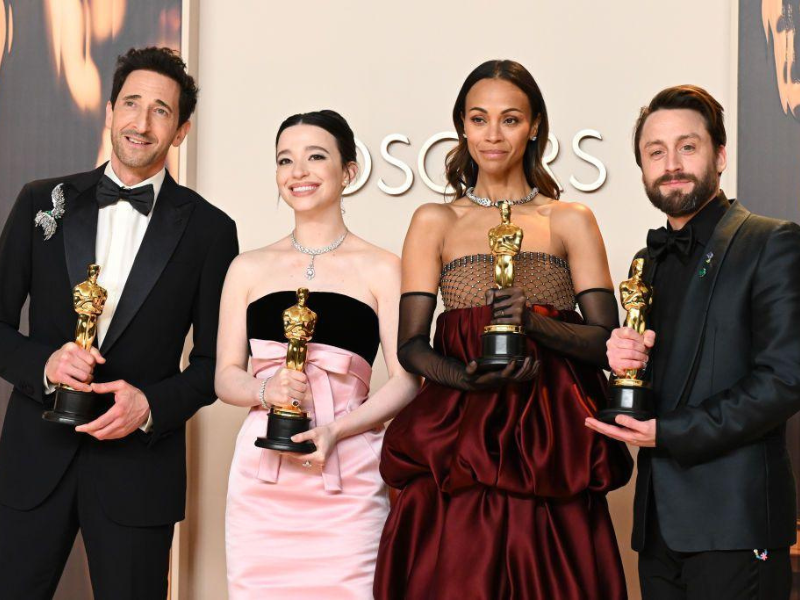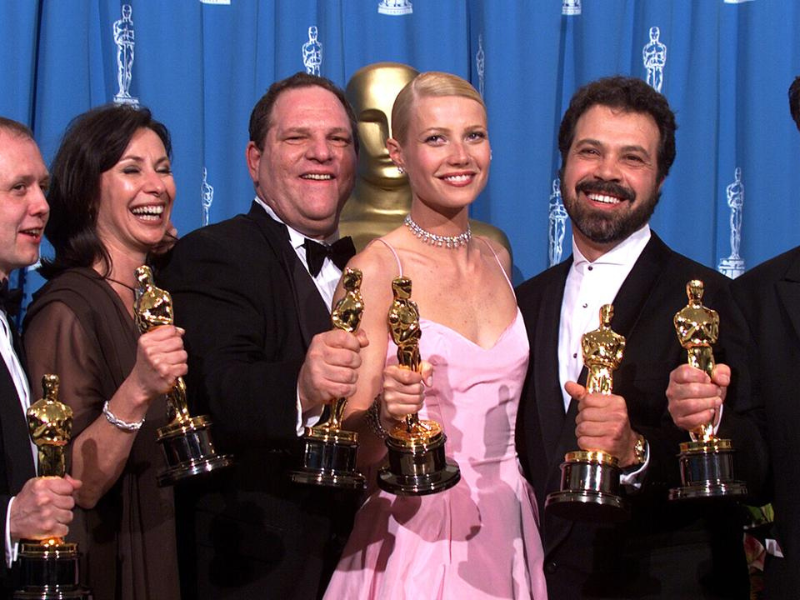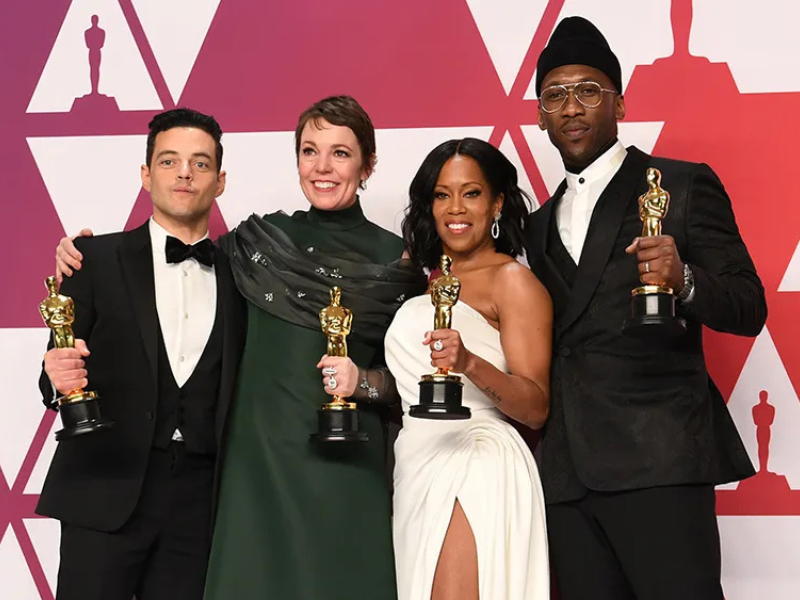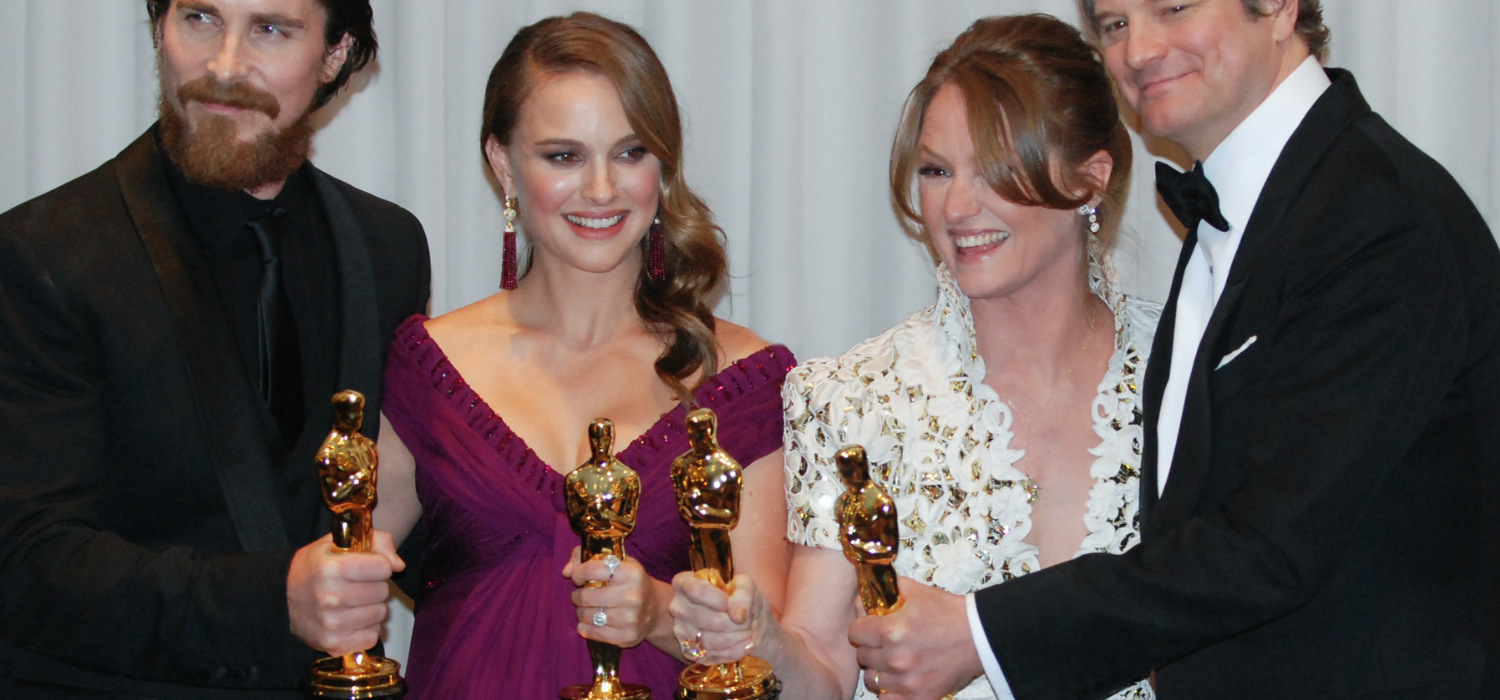Introduction: The Oscars as a Fashion Stage
The Academy Awards, better known as the Oscars, are more than just a celebration of cinematic excellence. They are also a runway, a fashion exhibition, and a cultural statement rolled into one glittering night. Every year, millions of eyes from around the globe tune in not only to see who will take home the golden statue, but also to admire the dazzling red carpet looks of Hollywood’s finest. The Oscars are unique because they represent a balance between tradition and modernity—classic Hollywood glamour combined with evolving trends that reflect the times.
For actors and actresses, the Oscars red carpet is a defining moment. A gown or tuxedo can make headlines, inspire global fashion trends, and even be remembered for decades. Just as performances on screen become part of history, so do the iconic styles that grace the red carpet. From timeless elegance to bold risk-taking, fashion at the Oscars has become an art form in itself.
Fashion houses, luxury brands, and world-renowned stylists collaborate months in advance to create unforgettable ensembles. Designers view the Oscars as a global showcase, while actors embrace the opportunity to present themselves as more than performers—they become trendsetters and cultural icons. In fact, some of the most iconic looks in fashion history originated on the Oscars red carpet, making this event as much about beauty and creativity as it is about cinema.
The Evolution of Oscars Fashion: From Classic Glamour to Bold Statements
When the Academy Awards first began in 1929, the event was a far more intimate affair. Fashion was elegant, but understated compared to today’s spectacle. Women arrived in graceful gowns, often designed with simple silhouettes, while men donned traditional black tuxedos. The red carpet did not yet exist as the fashion spectacle it has now become.
By the 1950s and 1960s, the influence of Hollywood’s golden era began shaping Oscars style. Leading ladies wore floor-length gowns, often accessorized with gloves, pearls, and fur stoles. Grace Kelly’s pale green satin gown from 1955, for instance, embodied timeless elegance. Men largely kept to the traditional black-and-white tuxedo code, but their sophistication elevated the evening into a showcase of refinement.
The 1970s and 1980s brought more experimentation. Actresses embraced bold colors, sequins, and dramatic silhouettes, while actors began breaking away from the uniform tuxedo with velvet jackets or different cuts. The red carpet itself had become part of the entertainment, with fashion photographers eagerly awaiting iconic arrivals.
By the 1990s and early 2000s, fashion had firmly established itself as central to the Oscars. The rise of stylists meant actors and actresses collaborated with professionals who understood how to merge individuality with designer vision. Suddenly, Oscars fashion wasn’t just about a dress or suit—it was about crafting a public image.
Today, the Oscars red carpet is one of the most photographed fashion events in the world. Stylists, designers, and stars use the platform to embrace sustainability, celebrate diversity, and express bold individuality. Where once classic glamour reigned supreme, now fashion innovation thrives alongside tradition.

Best-Dressed Actresses Through the Decades
The Golden Era Icons
The golden age of Hollywood gave us some of the most memorable actresses whose red carpet style continues to inspire fashion today. Flowing gowns, satin fabrics, and elaborate accessories defined the period. Actresses embodied grace and sophistication, establishing the Oscars as a standard for glamour.
Women of this era often wore gowns with A-line or hourglass silhouettes, paired with statement jewelry. Fabrics like silk and satin dominated the red carpet, giving gowns an opulent yet timeless look. Accessories such as gloves, tiaras, and fur wraps added to the elegance. Their fashion choices emphasized refinement and understated beauty, setting the stage for decades of Oscar red carpet tradition.
Breaking Barriers in the 1970s and 1980s
As cinema itself evolved, so did the fashion of its stars. The 1970s brought with it the spirit of freedom and individuality. Actresses began choosing daring necklines, bold metallics, and vivid prints. Hairstyles, too, became more relaxed, with natural waves and bold curls replacing the sculpted looks of the previous era.
By the 1980s, red carpet fashion embraced excess—big hair, sequins, dramatic shoulders, and vibrant hues dominated the Oscars. Designers pushed boundaries, creating gowns that turned the red carpet into a spectacle. Women sought to stand out, and many did so by choosing bold, unforgettable ensembles that reflected the decade’s appetite for extravagance.
The Modern Red Carpet Queens
The 1990s and 2000s introduced a new wave of actresses who redefined what it meant to be best dressed at the Oscars. Sleek gowns with minimalistic silhouettes became popular, highlighting elegance in simplicity. At the same time, others embraced designer innovation, wearing couture creations that pushed fashion boundaries.
Actresses today embody a blend of tradition and modernity. Some opt for classic Hollywood-inspired looks—sleek gowns, diamonds, and neutral palettes—while others favor daring choices like bold cut-outs, bright colors, or sustainable fashion. Designers such as Dior, Versace, Chanel, and Valentino regularly showcase their most innovative work on actresses who walk the Oscars red carpet.
One of the defining traits of modern Oscars fashion is storytelling. Actresses often use their attire to highlight cultural heritage, champion sustainability, or pay homage to cinematic icons of the past. This evolution has transformed the Oscars into more than just a red carpet—it has become a canvas of identity and expression.

Best-Dressed Actors Through the Decades
When it comes to Oscars fashion, actresses usually dominate the spotlight, but male actors have had their fair share of iconic red carpet moments. While the traditional tuxedo has been the go-to look for decades, the artistry lies in how each actor redefines the classic suit to make it stand out. From timeless black tuxedos to daring modern choices, men at the Oscars have continually proven that sophistication and innovation can go hand in hand.
The Classic Gentleman: 1950s and 1960s
In the earlier decades of the Oscars, men stayed faithful to tradition. Black tuxedos, bow ties, polished shoes, and slick hairstyles were the standard. While some may argue that these looks lacked variety, the emphasis on sharp tailoring and elegance gave the red carpet a regal quality.
Actors like Gregory Peck and Cary Grant became style icons, embodying Hollywood’s golden definition of masculinity and refinement. Their looks may have been simple compared to today’s standards, but the sophistication of a perfectly fitted suit continues to inspire fashion even now.
The Rebellion of the 1970s and 1980s
By the 1970s, male actors began experimenting with their looks. Fabrics changed, colors appeared, and styles became more relaxed. Velvet blazers, wide lapels, and bold bow ties emerged on the red carpet. The 1980s amplified this further—satin lapels, metallic suits, and daring accessories broke away from rigid tradition.
Actors like Jack Nicholson often pushed the envelope with quirky eyewear and unorthodox styling. Others, such as Warren Beatty, blended charisma with daring fashion choices. This era marked a turning point, proving that male actors could command fashion headlines just as much as their female counterparts.
The Sleek 1990s and Minimalism
The 1990s brought a return to refinement, but with subtle innovations. Slimmer cuts, cleaner silhouettes, and luxurious fabrics elevated the classic tuxedo. Actors like George Clooney and Denzel Washington became synonymous with modern elegance. Their looks blended the traditional tuxedo with a sharper, more polished aesthetic, making the Oscars red carpet as much about male fashion as female glamour.
Recent Oscar Highlights: Fashion Moments Everyone Remembered
The Oscars are filled with fashion moments that become cultural milestones. In recent years, both actors and actresses have delivered looks that the fashion world continues to reference. These highlights reveal the diversity of style and the courage of stars to embrace bold choices.
The Power of Color
Color has become a powerful tool on the red carpet. Actresses have turned heads with bold gowns in bright yellows, emerald greens, or deep purples. Actors, too, have joined in—wearing burgundy, navy, or even patterned tuxedos.
Bright colors command attention, photographs beautifully, and symbolize confidence. Stars like Zendaya and Billy Porter have famously used color to transform themselves into fashion icons on the Oscars stage.
Gender-Fluid Fashion
The past few years have also seen the rise of gender-fluid fashion. Stars have begun rejecting traditional boundaries, embracing looks that challenge norms. Billy Porter’s half-suit, half-gown ensemble at the 2019 Oscars remains one of the most talked-about moments in fashion history. His bold choice celebrated individuality and inclusivity while making headlines worldwide.
This shift toward gender-fluid fashion shows that the Oscars are not only about beauty, but also about cultural expression and progress.
Sustainable and Conscious Choices
Sustainability has become a defining theme at recent Oscars events. Some actors and actresses choose vintage or re-worn gowns to make a statement about reducing waste in the fashion industry. For example, Cate Blanchett has proudly worn reworked gowns, showing that sustainability can still look breathtakingly glamorous.
Designers now collaborate with stars to promote eco-friendly fabrics, ethical sourcing, and long-lasting fashion. This shift reflects a growing awareness among Hollywood’s elite that fashion can make a powerful statement beyond aesthetics.
The Power of Accessories
Accessories have also become red carpet highlights. From statement jewelry to dramatic capes, stars understand that a single accessory can elevate an entire look. Actresses often choose diamonds and emeralds, while actors make headlines with brooches, hats, or bold footwear.
Recent years have seen actors using jewelry as a subtle but powerful statement. A diamond brooch or bold necklace paired with a tuxedo challenges tradition and adds individuality.

The Rise of Celebrity Stylists
Stylists have become the unsung heroes of Oscars fashion. Professionals like Rachel Zoe, Law Roach, and Elizabeth Stewart work tirelessly with stars to perfect their red carpet looks. They select gowns, coordinate fittings, choose accessories, and even advise on hair and makeup.
Stylists play a crucial role in shaping a star’s public image. A perfectly styled Oscars appearance can elevate an actor’s fashion credibility, making them a trendsetter in addition to a performer.
Fashion as Storytelling
Perhaps the most remarkable evolution in Oscars styling is its role as storytelling. Each outfit tells a story—whether it’s a nod to old Hollywood glamour, a statement about sustainability, or a tribute to cultural heritage. Designers and stylists work with stars to ensure their looks are not only beautiful, but meaningful.
This storytelling aspect has made Oscars fashion an integral part of the cultural conversation. Outfits are analyzed, celebrated, and remembered because they represent more than just fabric and design—they symbolize identity, creativity, and history.
Most Iconic Looks of All Time
Every Oscars season brings glamour, but only a handful of outfits achieve “icon” status. These are the looks that remain etched in fashion history, referenced repeatedly by designers, stylists, and fashion lovers around the world. Both actors and actresses have given audiences moments so unforgettable that they became larger than the awards themselves.
The Red Carpet as a Global Runway
For designers, the Oscars are the ultimate showcase. Millions of viewers around the world see their creations, often leading to skyrocketing demand. A gown or tuxedo seen on the Oscars red carpet can influence seasonal fashion collections, inspire bridal designs, and even dictate color palettes for years.
Fashion Industry Evolution
The Oscars continuously push designers to innovate. Fabrics, cuts, and even accessories evolve through this platform. The red carpet has become so important that entire fashion weeks take inspiration from Oscars looks, proving its lasting global impact.


